This past week, when OpenAI announced the release of its latest AI version, capable of voice conversation, text and image interaction, etc., the theme of the movie “Her” released more than a decade ago once again startled people.
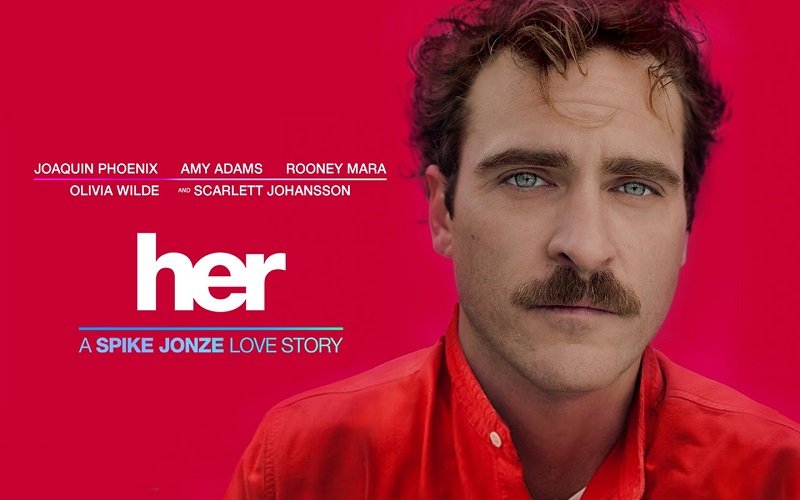 |
| Media image of the movie Her. |
Science fiction story in “her”
Have you ever imagined that you could fall in love with an artificial intelligence (AI)? It may sound far-fetched, but such a scenario was once mentioned in the movie “Her” (2013). In the movie, the main character is Theodore Twombly - a man at the most precarious state of his life when preparing for divorce, finds connection and love with Samantha - an AI operating system with a charming voice and the ability to understand at an extremely deep level. From a virtual assistant, Samantha has access to Theodore's entire personal data warehouse. This is the condition that helps "her" understand him and quickly become a soul mate, a lover. Machines are no longer cold tools, but have emotions, in tune with the most private feelings of humans.
With extremely sophisticated cinematographic techniques, director Spike Jonze skillfully used the main setting as a small, soft, cream-colored bedroom, reflecting the warm relationship between Theodore and Samantha. From that room's perspective, Theodore often looks out the large window, looking at the whole city while talking to an invisible person, highlighting the emptiness in him. Along with the melodious and somewhat nostalgic music , it adds emotion to each scene, especially in the quiet moments between the two main characters... who are actually only one person. Besides the inner performance of Phoenix (the actor who plays Theodore), the highlight of the film is the enchanting voice of Scarlett Johansson, giving the character Samantha a lively, deep soul. Through each conversation, each seemingly small moment, is the message: emotions are not a human privilege, but can also blossom and develop in the "heart" of digital systems, challenging all prejudices about love and connection.
More than just a film, Her is a philosophical adventure, a prediction of the future, a dialogue between humans and technology, where complex emotions are processed by logical algorithms and big data, making people overwhelmed, skeptical, excited, confused, and fearful.
A life of harmony between man and machine
Nowadays, it is easy for each of us to own a virtual assistant that is not only smart but also knows how to listen. The speed of technology is developing faster than the speed of human adaptation. Are we ready for a new era where the line between humans and machines is increasingly blurred - just like in the movie Her?
In his book Relationships 5.0, author Elyakim Kislev writes: “My research on Replika chatbots shows that even people who choose not to have romantic feelings for their bots admit that they have feelings of intimacy, trust, and appreciation for AI-powered chatbots.” From a technical perspective, smart algorithms are making machines more responsive than humans. From a psychological perspective, people trust machines more than their human counterparts in their loyalty, patience, thoughtfulness, and timely attention. They are willing to confide their deepest secrets to chatbot software without hesitation or fear of rejection.
There is no denying that AI is becoming more “human”, AI can help us work more efficiently, take care of our physical and mental health, especially for the elderly and people with disabilities who often face loneliness. However, AI also poses new challenges. The line between real and virtual emotions, between humans and machines, is becoming increasingly fragile. Are we becoming too dependent on virtual interactions, relationships built on algorithms, forgetting the value of real connections? Will the development of AI erode traditional values of family, friendship and love?
To live in harmony with machines in the AI era, we need to equip ourselves with many things. From laws, social ethics, cyber security, skills, personal responsibility... Living in harmony with machines is not just a choice, but a necessity. It is a journey to find a balance between benefits and risks, between reality and illusion. It is a process of continuous learning, adaptation and development to maximize the potential of AI, while protecting core human values.
In the digital age, some people are excited, some are uneasy, and some are indifferent.
Source











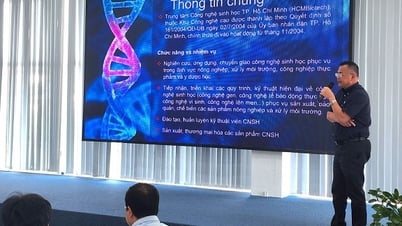










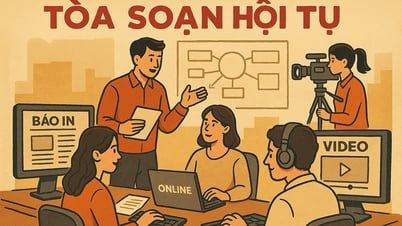











































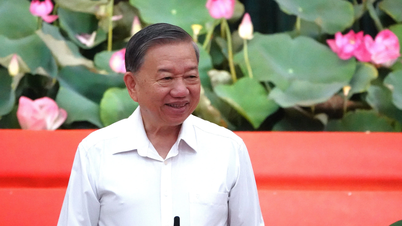

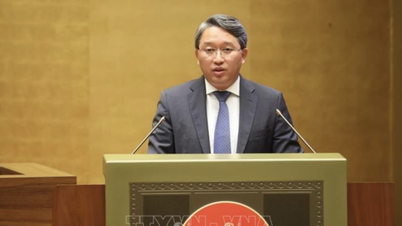








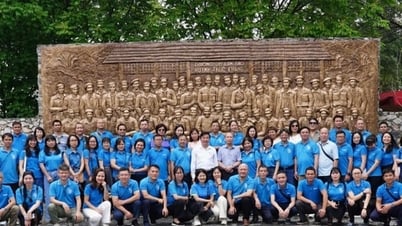

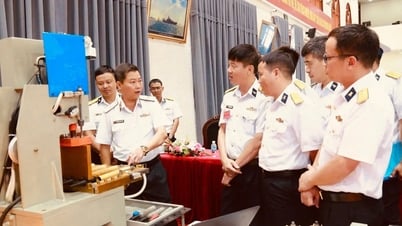

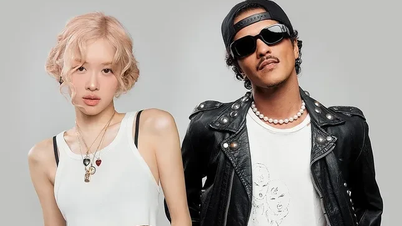






















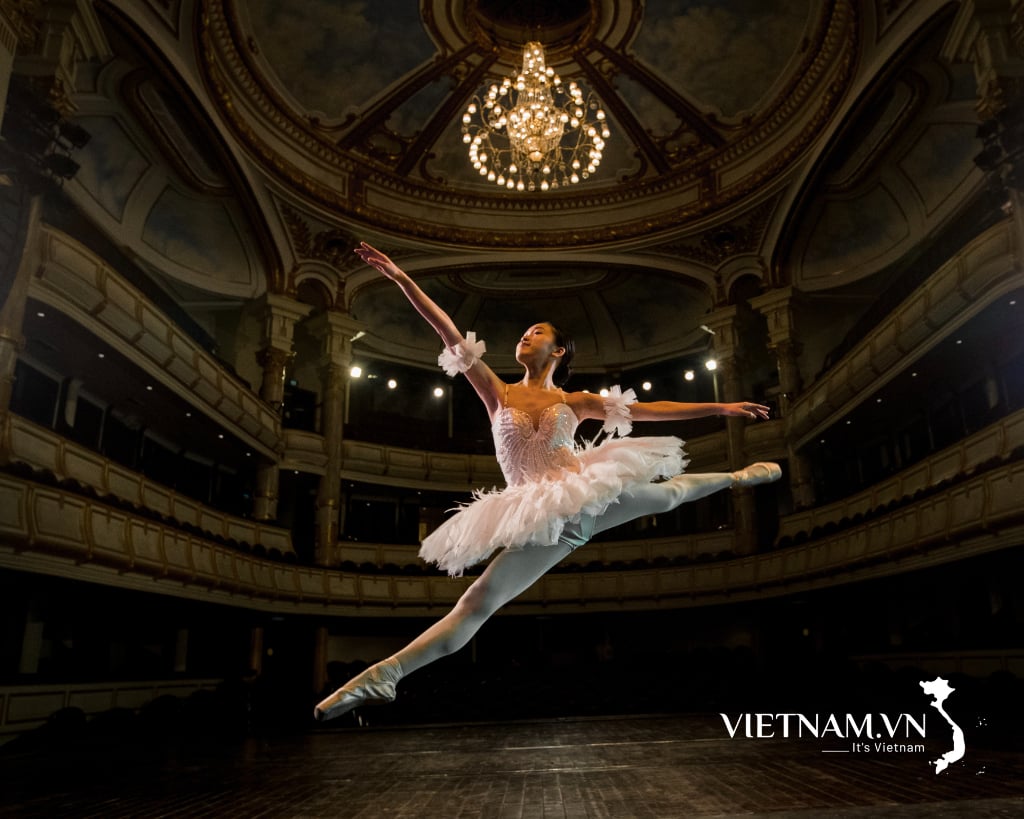
Comment (0)